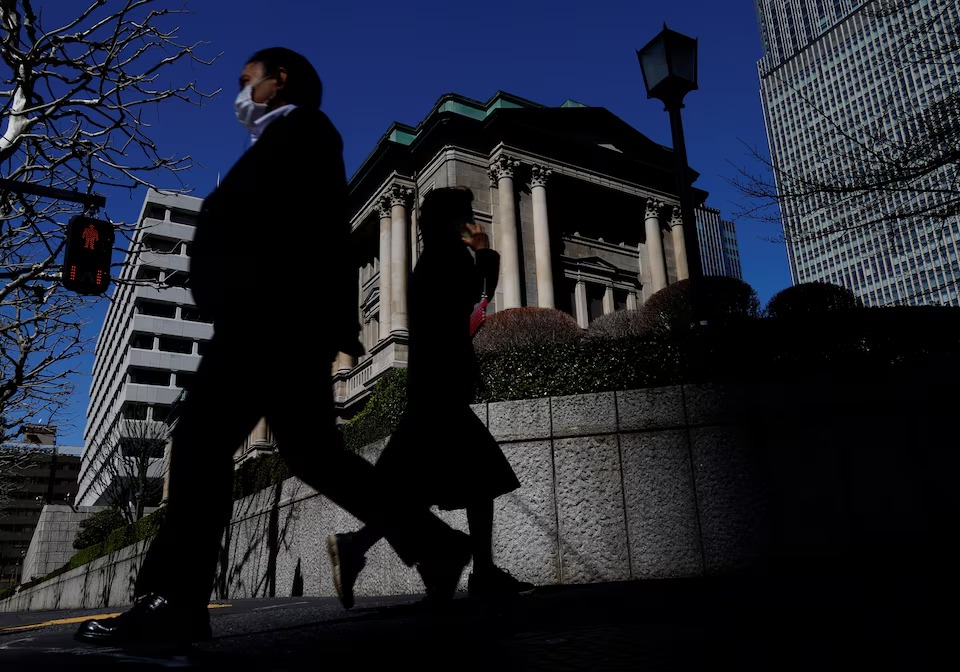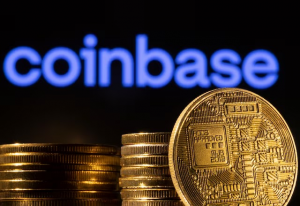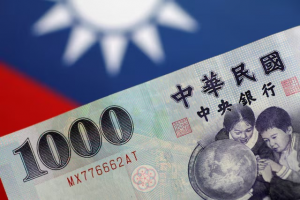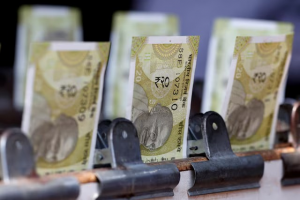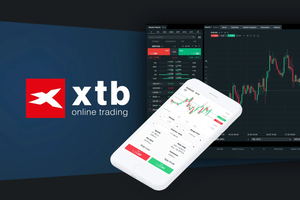Talk of big fiscal spending and a subsequent spike in super-long yields are raising questions over just how quickly the Bank of Japan can taper its bond purchases, adding to the challenges it faces in removing remnants of its massive monetary stimulus. While the BOJ is unlikely to ramp up bond buying, the rise in super-long yields could affect its decision on the pace and composition of future quantitative tightening (QT), say analysts and sources familiar with the central bank's thinking. The Reuters Tariff Watch newsletter is your daily guide to the latest global trade and tariff news. Sign up here. Advertisement · Scroll to continue "Having ditched yield curve control last year, long-term interest rates are no longer monetary policy tools for the BOJ," one of the sources said. "The key would be whether the rise in super-long rates affects yields for other maturity zones." Yields on super-long Japanese government bonds (JGB) have risen steadily since April even as those on other maturities remain stable, with the 40-year yield hitting a record high of 3.445% on Thursday. While the rise is driven partly by dwindling demand from life insurers, it also reflects market expectations of Japan's worsening finances as lawmakers escalate calls for huge spending and tax cuts ahead of an upper house election slated for July. Advertisement · Scroll to continue Report This Ad "Investors are shunning super-long bonds on worries about Japan's fiscal problems. That's eroding liquidity and causing market distortions unseen in the past," said Katsutoshi Inadome, senior strategist at Sumitomo Mitsui Trust Asset Management. While the BOJ's QT plan is unlikely to have a direct effect on its rate-hike path, a spike in bond yields could hurt business confidence and make it harder to convince the public of the need to push up short-term borrowing costs. The market rout comes at a delicate time for the BOJ, which will review at next month's policy meeting an existing QT programme running through March, and come up with a bond taper plan for April 2026 onward. Under the current plan laid out last year, the BOJ has been slowing bond purchases by around 400 billion yen ($2.74 billion) per quarter to halve monthly buying to 3 trillion yen by March 2026 - a pace that will diminish the bank's $3.9 trillion balance sheet by up to 8%. Mobility was among the divisions to benefit, boosted by strong demand for rail and transport infrastructure, including US spending on electric
Next week, the BOJ will conduct consultations with banks, insurers and other market participants for their views on the desirable pace of tapering. The findings will serve as a basis for the board's decision on the QT plans at the June 16-17 rate review. NO QUICK FIX The QT plan is a crucial part of the central bank's strategy to wean the economy off decades of ultra-loose monetary policy. After a fairly smooth start with an end to negative rates and bond yield control last year, its policy normalisation has been disrupted by U.S. President Donald Trump's tariffs, which are expected to cause some delay in raising short-term rates from 0.5%.

